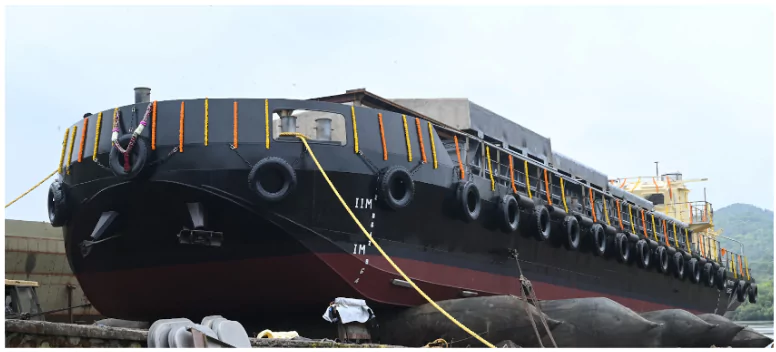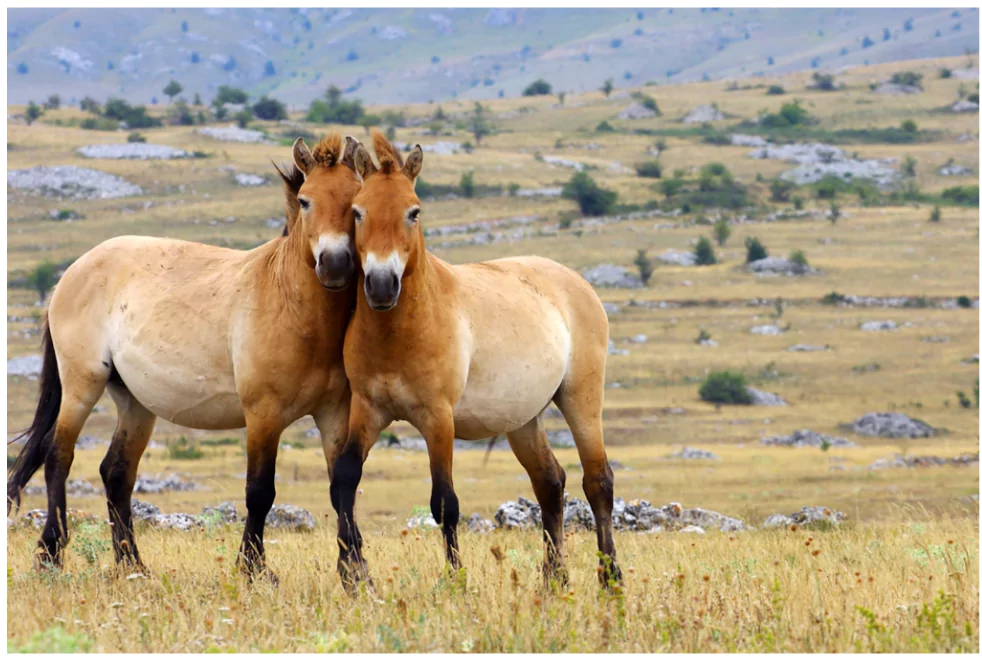Xylitol

|
- According to a recent study, Xylitol, a common artificial sweetener found in products like sugar-free chewing gums and toothpaste, may elevate the risks of blood clots, heart attacks, and strokes.
- About: Xylitol is a sugar alcohol that is found in small amounts in fruit and vegetables and is used in sugar-free gum, toothpaste and baked goods. alcohol in various fruits and vegetables, is a low-calorie, blood-sugar-friendly alternative sweetener.
- Characteristics: It possesses anti-obesity and anti-diabetic properties, alongside mild prebiotic effects and dental caries protection.
- It also has a very low Glycemic Index, which means it does not spike blood sugar like regular sugar.
- Effects: The study found that xylitol increases platelet aggregation and activity, inducing a state of hypercoagulability.
- This elevated platelet reactivity may lead to the formation of blood clots in vessels, potentially obstructing blood flow and leading to severe cardiovascular events.
|
Pandit Rajeev Taranath

|
- Recently, Sarod maestro Pandit Rajeev Taranath passed away in Bengaluru, Karnataka.
- Awards: A distinguished exponent of Senia Maihar Gharana, Pandit Taranath had been honored nationally by the Government of India with a Padma Shri in 2019 and the Sangeet Natak Akademi award in 2000.
- In Karnataka, he has been bestowed with the Rajyothsava award in 1996, Chowdaiah Memorial award in 1998, Sangeet Vidwan award in 2018 and Nadoja award in 2019.
|
Missile Cum Ammunition Barge, LSAM 13

|
- Recently, the launch of ‘The Missile Cum Ammunition Barge, LSAM 13 (Yard 81)’, the fifth Barge of 08 x Missile Cum Ammunition Barge project, took place.
- About: LSAM 13(Yard 81) is the Ammunition, Torpedo, and Missile Barge (Storage) commissioned by the Indian Navy.
- Indigenous: These barges are built in India according to the relevant Naval Rules and Regulations of the Indian Register of Shipping.
- A Torpedo Cum Missile Barge is a specialised vessel employed by the Indian Navy for transporting a variety of ammunition, torpedoes, and missiles to operational zones.
- These barges are vital for providing logistical support to naval vessels by ensuring continuous transportation of crucial military provisions.
|
JIMEX 2024

|
- Recently, the Indian Navy’s Indigenous Stealth Frigate INS Shivalik arrived at Yokosuka, Japan, to participate in bilateral Japan – India Maritime Exercise 2024 (JIMEX 2024)
- About: The JIMEX series of exercises began in January 2012, particularly emphasising maritime security collaboration.
- It is held every two years and involves the Indian Navy and the Japanese Maritime Self-Defense Force (JMSDF).
- Phases of Exercise: The exercise consists of harbour and sea phases, incorporating professional, sports, and social interactions during the harbour phase.
- The navies will engage in joint warfighting exercises in the sea phase to improve interoperability across surface, sub-surface, and air domains.
- Representation: INS Shivalik represents the Indian Navy, while the Guided Missile Destroyer JS Yugiri represents the Japan Maritime Self-Defense Force (JMSDF) in the exercise.
|
Przewalski Horses

|
- Przewalski horses were reintroduced to their original habitat in Kazakhstan.
- About: The takhi, Mongolian wild horse, or Dzungarian horse is a rare and endangered species indigenous to the steppes of Central Asia.
- It is named after the Russian geographer and explorer Nikolay Przhevalsky.
- Physical Features: These horses are small, sturdy, with a big head, thick neck, and short legs. They are dun-colored with a dark, upright, zebra-like mane, without a forelock, and a dark stripe along the back to a dark, bushy tail.
- The horses can endure harsh winters with temperatures dropping below minus 30 degrees Celsius.
- Habitat: Przewalski horses were originally found across Europe and Asia. They live in reintroduction sites in Mongolia, China, and Kazakhstan.
- Currently, there are about 2,000 Przewalski horses worldwide, mainly in China and Mongolia. They are also found in France, Russia, and the wild in the Chornobyl exclusion zone between Belarus and Ukraine.
- Conservation status: Classified as endangered by the IUCN.
|
![]() 12 Jun 2024
12 Jun 2024
